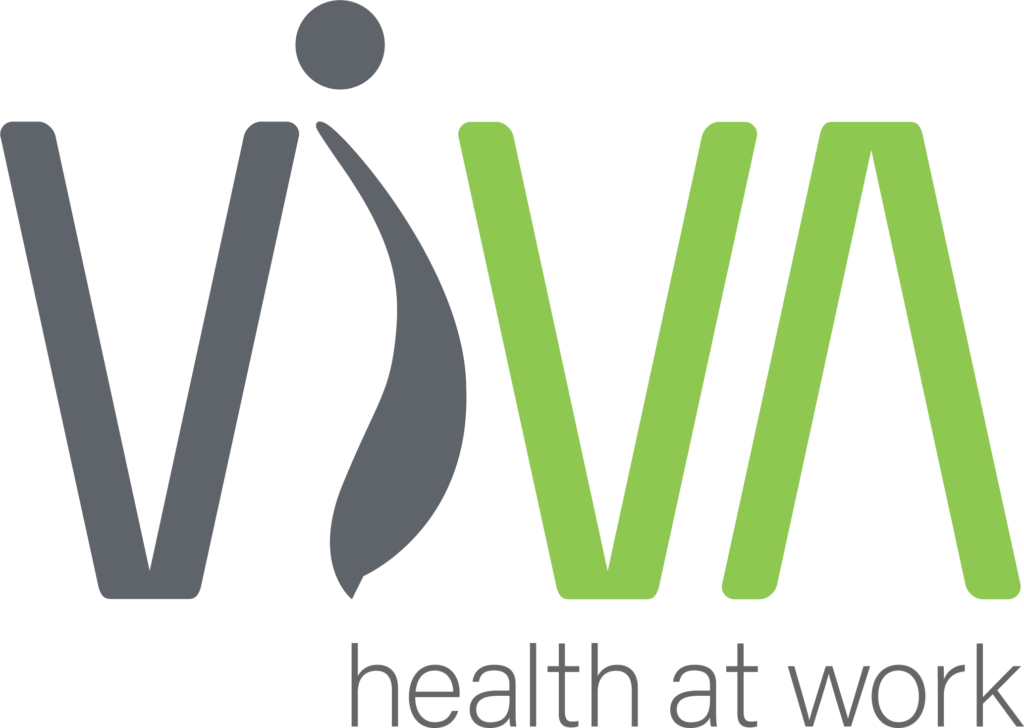
Discovery
An administrative worker complained of left shoulder/upper back/neck strain, headaches, migraines, nausea, and corresponding tightness in her right hip. The worker was right-hand dominant.
She was observed to lean to the left, over-reach, and elevate her left shoulder and arm. She looked far right to a low laptop second monitor, also. While the worker thought that her discomforts were musculoskeletal in origin, we decided to check her ambient lighting. This provided crucial assessment information. By examining direct and indirect glare, we identified that the reflective glare was problematic and affecting the contrast of what was viewed on-screen. This arose from the right overhead fluorescent light that was fashioned above and behind the worker. The light rays “bounced” off the monitor to affect the worker, causing her to lean to the left to avoid this glare.
Design
Reaches and awkward postures were reduced by lowering the desk height, raising the monitor height to accommodate the change in viewing height, moving items closer to the worker, raising the laptop monitor, adjusting the chair for recline options, and adding a footrest. The fluorescent bulb was removed initially, then replaced with a subdued amber (yellowed) filter to soften the effects and reduce reflective glare.
Realisation
The initial risk assessment indicated moderate risk of acute injury to the worker’s left upper quadrant (shoulder, neck, and upper back), and extreme risk of cumulative injury to this region. She reported headaches and migraines also. After the changes were made, the risk calculations indicated low scores for musculoskeletal disorders. Within two weeks, these symptoms resolved for the worker, and she reported no headaches or upper quadrant muscular aches.
The results
More productive work output, less time off work, improved morale, no complaints of symptoms, improved feelings of health and wellbeing.
